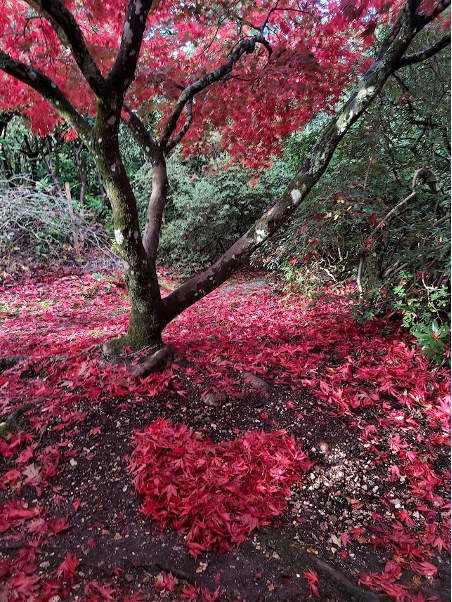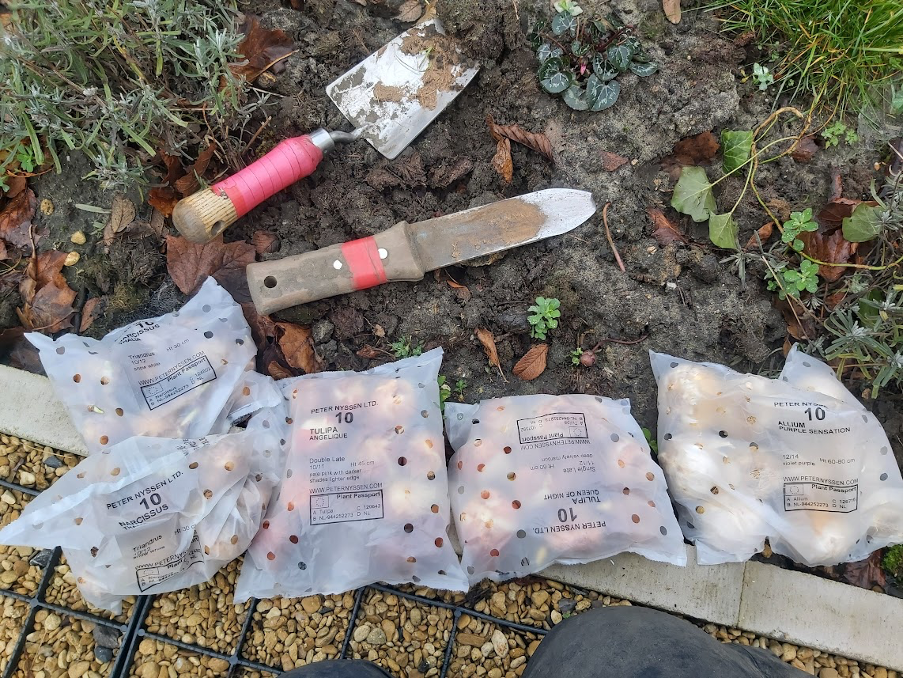
Jobs to Do After the First Frost
As winter approaches, the first frost is a clear sign that it’s time to start transitioning your garden for the cold season ahead. But that doesn’t mean you should neglect your commitment to wildlife-friendly gardening. In fact, the winter season is a crucial time to support local wildlife and ensure your garden remains a haven for birds, insects, and other creatures. In this blog, I’ll discuss the essential gardening jobs to do once you’ve experienced the first frost in the UK.
Clear Out Annual Plants and Leaves
Start by removing annual plants that have completed their lifecycle. This not only tidies up your garden but also provides seeds and resources for local wildlife. Deadheading flowers and cutting back perennials can also help create a neater winter landscape. Don’t forget to clear fallen leaves, as rotting leaves can become a hiding place for pests. Consider creating a compost pile for leaves to be used as mulch in the future. In some case leaves can be left on the beds to rot down as this picture shows

Create Shelter for Wildlife
As the temperatures drop, many animals are looking for warm, safe shelters. Rake leaves into a pile at the back of a flower bed d in a sheltered place for hedgehogs to hibernate. Provide nesting boxes for birds and hedgehogs. Consider leaving a few dead branches or logs in a corner of your garden as a refuge for insects, which are essential for a healthy ecosystem. Building a bug hotel is a fun autumn project that can serve as a cozy home for beneficial insects during the winter months.
Prune Trees and Shrubs
Late autumn and winter are ideal times for pruning deciduous trees and shrubs, as they are dormant. This ensures healthier growth when spring arrives. By shaping your trees and shrubs, you can create spaces for birds to nest and feed, and it also allows more light into your garden during the winter months. The RHS has excellent pruning advice.
Install Bird Feeders
Bird feeders are a fantastic way to provide food for birds when natural resources are scarce. Opt for a variety of seeds and consider using a suet feeder, which is rich in calories and provides essential fats for birds during the winter. Remember to clean and refill your feeders regularly to prevent disease.
Plant Winter-Blooming Plants
While many plants are dormant during the winter, some species continue to bloom and provide essential nectar for pollinators. Winter-flowering plants like, pansies, cyclamen, nerines, heather, hellebores, and winter jasmine can be beautiful additions to your garden while supporting wildlife. You can also sow Nigella (Love-in-a-Mist) seeds to ensure an early flowering
Protect Ponds and Water Features
If you have a pond or water feature in your garden, it’s important to ensure it remains accessible for wildlife during the winter. Place a ball or floating heater to prevent the water from freezing entirely. This provides a vital water source for birds and other creatures. Keep n eye on pipes and taps they may need protecting with pipe lagging.

Avoid Over-Tidying
Maintaining a tidy garden was once see as essential, but now we realise a slightly scruffy, “Smart/Casual” garden is far better for wildlife. Some wildlife, like hedgehogs and insects, may be using your garden and flower stems for hibernation. Avoid raking up every last leaf and leave some wild areas undisturbed.

Plant Bulbs
Daffodils can be planted from September, Tulips from November. I prefer to plant smaller bulbs like snowdrops, crocus and fritillarias “In the green” from February, this means they are less likely to be eaten by rodents. If you can’t plant by Christmas, never fear. I have been known to plant daffs and tulips in January, as long as they are nice and dry they will flower, just a bit later, keep them in a dry, dark, cool space until you are ready. I love using my Hori Hori blade to plant. Ensure you use bulbs that don’t use bee harming neocotinoides. Peter Nyssen and Farmer Gracey are ethical suppliers.

Just because winter is approaching, your wildlife-friendly gardening duties don’t come to an end but instead take on a new focus. By following these gardening tasks, you can ensure that your garden continues to be a thriving habitat for local wildlife throughout the winter. Remember, a little effort in supporting nature during the colder months goes a long way in preserving biodiversity and enjoying the beauty of the natural world right in your own back garden.
